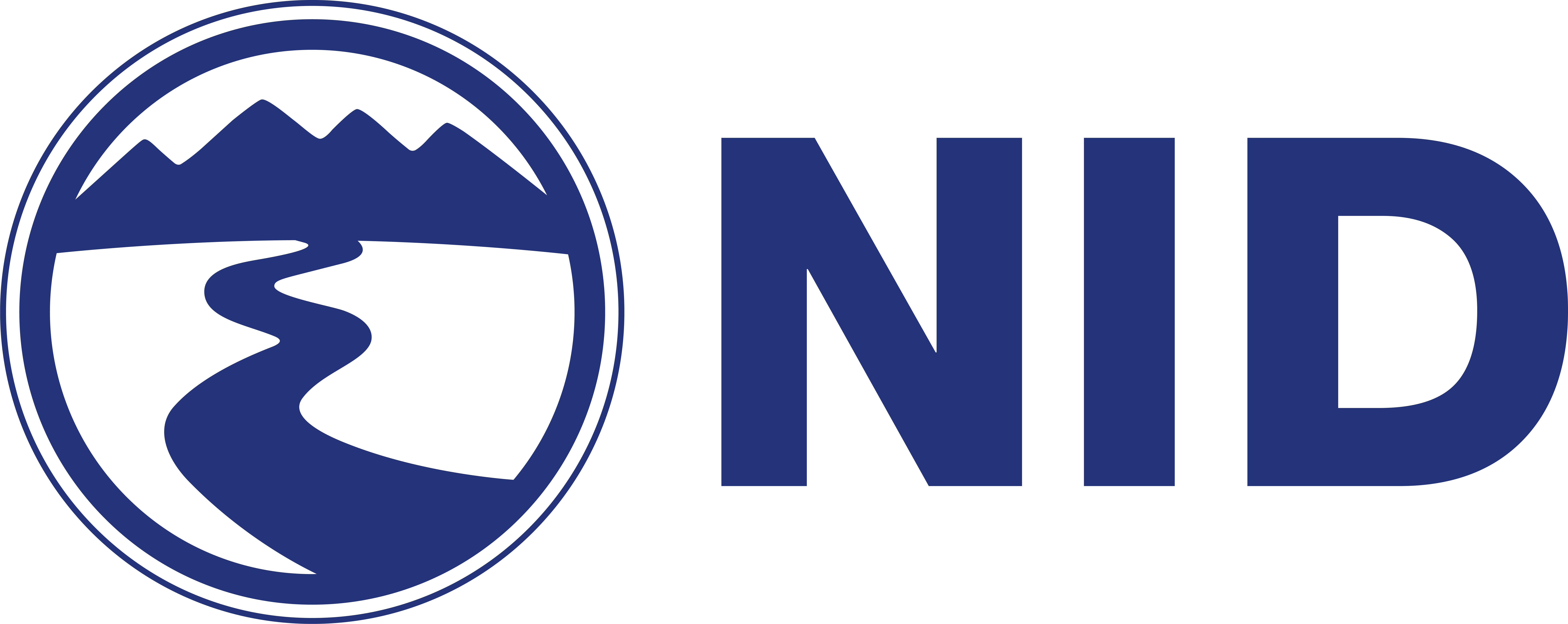About Your Water

From Mountain Top to Your Tap
For 100 years, the Nevada Irrigation District has been delivering high quality water to our customers in Nevada, Placer and Yuba counties. What began as an old reservoir and canal system serving gold mines has been transformed into a modern water distribution system. NID water originates as snow melt found in 70,000 acres of high elevation watershed near the headwaters of the Yuba River, Bear River and Deer Creek. NID stores water in 29 reservoirs, later moving it through one of six treatment plants and hundreds of miles of canals and pipe to become drinking and irrigation water for 25,000 homes, farms and businesses. The annual result is three billion gallons of high quality drinking water for our customers and 30,000 acres of irrigated agricultural land that is used to grow multiple crops including wine grapes, nursery stock, apples, rice, plums, citrus, grass, alfalfa hay, as well as to irrigate pasture.
Rain and Snowfall Data

With precipitation data that dates to the 1800s, NID is a foremost source for regional weather information.
NID has been keeping weather records for Bowman Reservoir (elev. 5,650 ft.) since 1929. The 69.2-inch annual average precipitation at Bowman compares to an annual average of 56 inches at 2,700 feet near Nevada City and 52 inches at 2,400 feet in Grass Valley.
Annual precipitation is measured for the 12-month period beginning July 1 and ending June 30.
NID is a participant in the California Cooperative Snow Survey Project. District snow surveyors conduct snow surveys regularly during the winter and spring months. Data compiled in the snow surveys is used to predict water availability locally and statewide.
| Mountain Division Reservoirs | Elevation | Capacity/Acre feet |
|---|---|---|
| Jackson Meadows | 6036 ft | 69,205 |
| Bowman | 5563 ft | 68,510 |
| French Lake | 6835 | 13,940 |
| Faucherie | 6,123 | 3,980 |
| Sawmill | 5,863 | 3,030 |
| Jackson Lake | 6598 | 1,330 |
| Foothill Division Reservoirs | Elevation/feet | Capacity/Acre Feet |
|---|---|---|
| Rollins | 2,171 | 65,988 |
| Scott's Flat | 3,075 | 48,547 |
| Combie | 1,600 | 5,555 |
